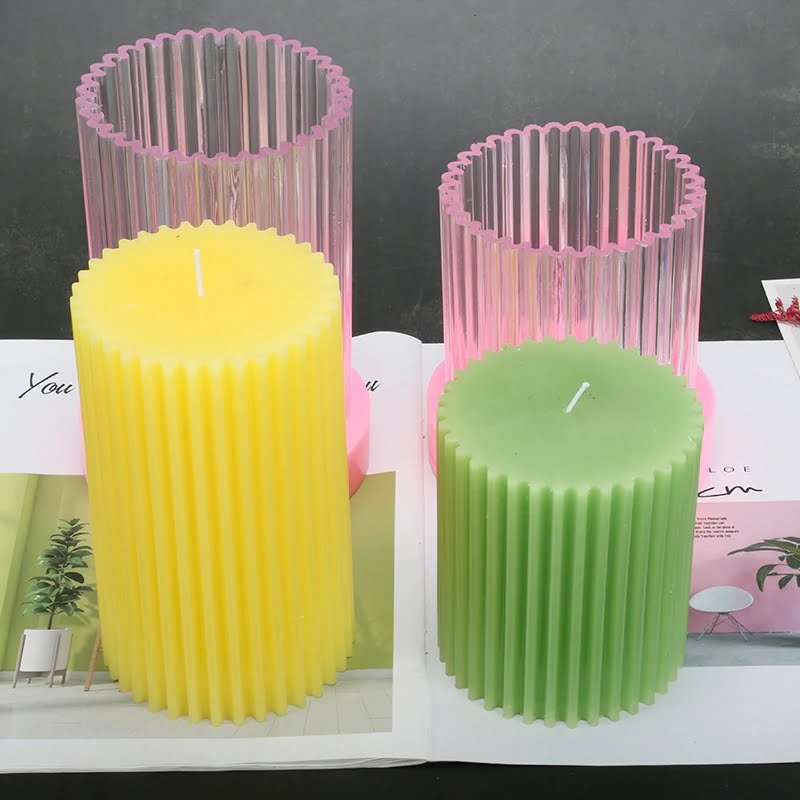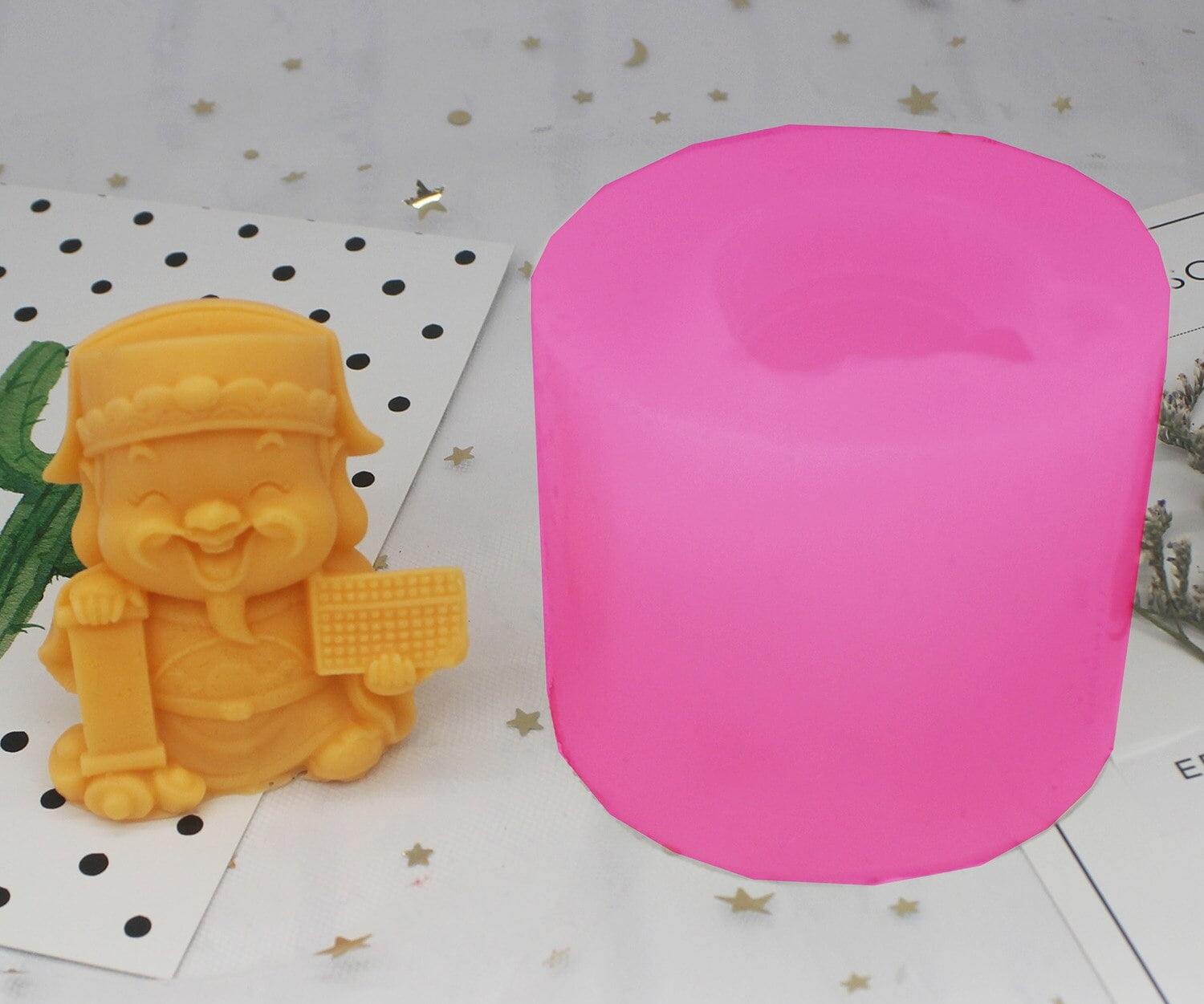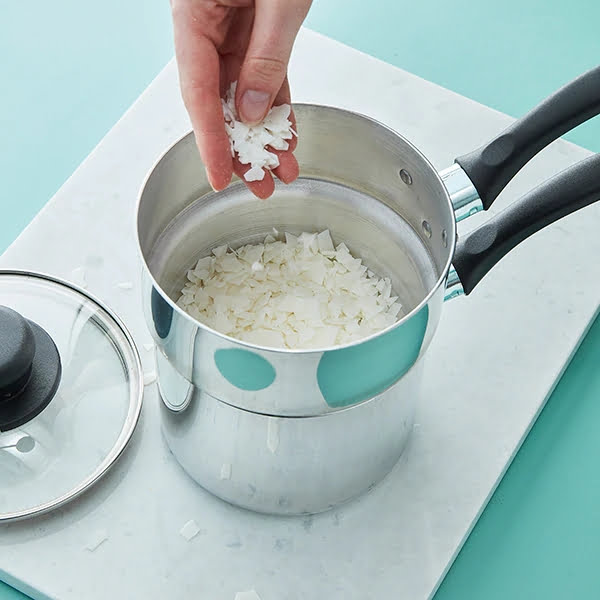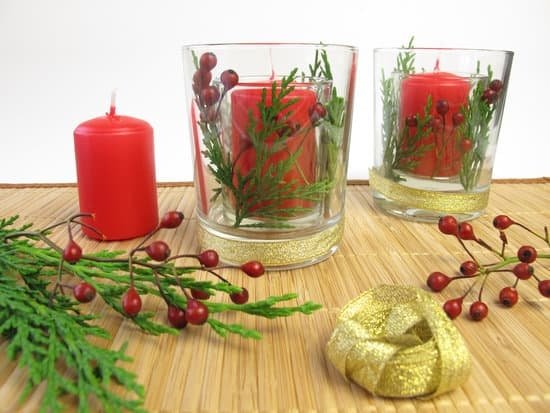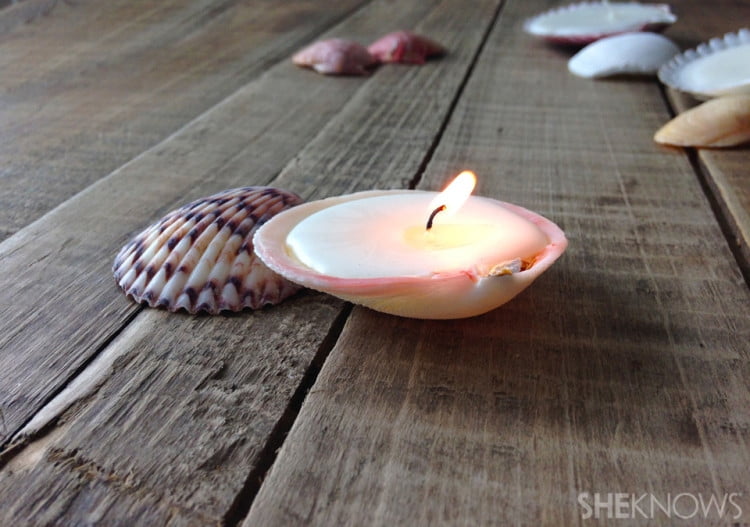Introduction
Candle making is an exciting and rewarding hobby, allowing you to customize your environment with the perfect scent every time. But what challenges might be faced when starting out as a candle maker? To get the right look, scent, and burn time for your candles, it’s important to have quality supplies. Fragrance oils are key to making a great scented candle. They come in all kinds of aromas from floral, woodsy, and tropical to sexy or masculine notes. Choosing a quality fragrance oil will determine how strong your scent is; poor quality fragrances can quickly evaporate during different phases of the candle making process. The best thing about creating candles is that you can make them completely unique. From color to shape and size, there are endless customization options available! With all this in mind let’s look more closely at candle-making essentials and fragrance oils!
Fragrance oil is one of the most important elements when making scented candles. When looking for high-quality fragrance oil, it’s important to research both the supplier before purchasing, as well as how the oil was made. Some processed oils don’t hold their scent as well or even contain harmful toxic ingredients that could affect people who may be sensitive or allergic when exposed. Look for suppliers who are transparent regarding their production processes and use sustainably sourced materials when possible. It should also go without mention that only use fragrance oils meant specifically for candles; never essential oils – as these contain other components that could affect the properties of a wax candle (such as its burning time). Using quality ingredients helps ensure that your creation has excellent burning properties, looks beautiful after cooling, lasts longer than much cheaper options, but still smells great even after many lightings!
Exploring the Benefits of Adding Fragrance Oils to Candles
Adding fragrance oils to candles can have a variety of benefits, such as creating aesthetically pleasing scents and enhancing candle-burning experiences. Fragrance oils are used in many types of candles, including wax and soy candles. When added to the wax, these oils produce strong and intense scents. They also lend a certain dimension to the flame that help create an even more inviting and enjoyable atmosphere.
Fragrance oils provide additional sensory arousal for both new and experienced candle users. For example, people can mix different scent combinations in their home décor or burning environment. This makes it easier than ever to customize the aroma of your living space with pleasant, relaxing scents.
Furthermore, adding fragrance oils to candles helps ensure they burn longer. Many fragrances offer extended burn times or products that do not require too frequent re-lighting while still producing high-quality intensity. This is because the oil acts as a buffer against the heat generated by the flames, resulting in less smoke and higher purity aromas for extended periods of time.
Additionally, fragrance oils may also extend the shelf life of candles substantially when stored correctly; since particles from air pollutants are decreased in this environment due to their oil absorption capabilities making them less likely to readily break down over time like other products might do when exposed to oxygen levels over long periods of time. Finally, many candlemakers choose to use fragrance oils because they create better synergy between other candle additives like colorant dye chips or essential oil wicks which further contributes towards improved performance for any given candle recipe goal outcome desired.
Understanding the Different Aromas and Notes of Fragrance Oils
Fragrance oils are used in many different types of candle production and the scent notes present in them must be carefully chosen. Generally, these scents are divided into top, middle and base notes. Top notes are what will stand out the most on “cold sniff” ” this is how a fragrance smells when it is first sniffed. These scents tend to be lighter, sharper or fresher than the other notes. Middle notes, also known as heart notes, give depth and complexity to a fragrance. This note is usually made up of several layers which make up the soul of a scent. Base or bottom notes give an oil stability and longevity ” making the scent last longer as you have more contact with it. They provide a strong foundation but only become noticeable after 10-20 minutes when the top note has already faded considerably. A complex fragrance will combine several different aroma components across all its not classes for an enchanting scent experience that lingers long after use.
Buyers Guide
When it comes to choosing the right fragrance oil for your candles, there are a few key things to consider before you make your purchase. First, choose an oil that appeals to your senses as well as those of your consumers. Popular scent choices often vary and popular fragrances often rotate so be sure to research the current fragrances being used by similar candle makers. Second, keep in mind whether you’re going for a mild aroma or an overpowering smell. Your choice of fragrance oil should depend on the strength and simplicity of the scent desired for each specific candle. Lastly, take note of the type of fragrance available ” concentrated, natural fruity oils versus organic essential and fixed oils is another important factor to consider when choosing a fragrance oil for candles. Make sure that whichever type of fragrance you decide on meets safety standards established by organizations such as IFRA (International Fragrance Association). Following all these tips will ensure that you end up with a great-smelling candle every time!
Once you have chosen the right fragrance oil for your projects, it is important to look into proper usage instructions specific for that particular product. If using synthetic fragrances, different methods may be required in order to achieve the desired scent in comparison to natural essential and fixed oils. Furthermore, further considerations such as flashpoint temperatures must be taken into account when heating the wax before adding fragrance. The ideal temperature lies between 45-70 degrees Celsius in order to avoid any dangers from high temperatures; at this range customers can expect greater diffusion within their candles without burning off any of its aromatic compounds prematurely wrecking out its fragrance throw throughout burn time. Proper use ensures that interested buyers can experience optimal pleasure as if they were using professional candles!
Creative Blending Strategies for Fragrance Oils
When it comes to candle making, fragrance oils play an important role in creating the perfect scent. With a wide variety of options available, you can create unique combinations that will be sure to please your nose. Here are some tips and tricks for getting started with creating blends:
1) Begin by selecting two or three fragrances with complementary notes. For example, if you want a bold aroma that has notes of herbs, woods and warmth, try combining florals and spices like jasmine and cinnamon.
2) Then develop your candle scent portfolio by gradually adding other ingredients such as essential oils, absolutes and carrier oils. This will round out the blend’s aroma and make it more complex.
3) After you have all the ingredients selected, start blending in small batches of 2-4 teaspoons each. This will allow you to experiment without wasting too much product if something doesn’t work out.
4) Experiment with proportions until you find the exact mix of scents that works for you. Try using 10 % or 20% increments in order to create distinct layers within your blend when combined.
5) Lastly test out your new creation by letting it linger on a piece of paper or fabric swatch overnight so any subtle nuances of the fragrance can come through over time. Once you’ve achieved your desired end result package your blend in airtight containers such as glass jars or bottles to maintain its freshness
Crafting Creative Usage Techniques When Using Fragrance Oils
When using fragrance oils in candle making, it’s important to know several usage techniques that can enhance your creations. One of the most common techniques is called layering. To do this technique, you’ll need two or more scents which work well together – for example a floral and citrus combination. Begin by melting some wax, adding one scent and pouring it into the desired mould. Let it cool and harden before moving onto the second scent. You can melt more wax and add the other scent while still warm to achieve an even stronger layered effect. Another creative technique when making candles is to add texture to your creation by adding flower petals, herbs or dried fruit to the top of your candle before the wax has cooled. This is both aesthetically pleasing and can also help bring out a different type of scent depending on what you choose to use. Finally, if you just want a sudden burst of fragrance in a room, try embedding pieces of tart into hot wax during the candle making process. When burning your candle, it will completely dissolve but release a pleasant burst of fragrance as it does so.
Conclusion
Fragrance oils can be used to enhance the overall aroma of a candle, adding different nuances, enhancing tones and layering scents. Candle makers must be aware of the correct usage ratios for safe burning, as well as how to bring out the best aromas and notes of fragrance oils in candle making. The wax type and colour chosen can influence and complement the perfume, while a test burn will ensure the desired outcome is achieved. With an understanding of how to properly use fragrance oils in your candles, you can create complex and unique blends that will delight your customers.

Welcome to my candle making blog! In this blog, I will be sharing my tips and tricks for making candles. I will also be sharing some of my favorite recipes.

